Covid patients will be treated at home in 'virtual wards'
The NHS will treat more people with Covid-19 at home by remotely monitoring them as part of a ‘virtual wards’ model.
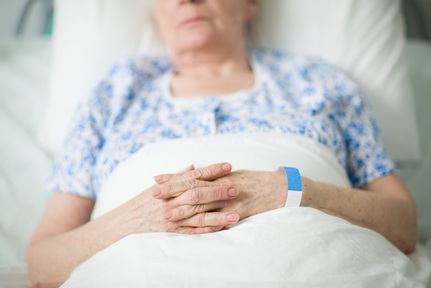
To prepare for NHS staff shortages caused by workers self-isolating due to the variant Omicron, the NHS will fit oximeters to patients’ fingers at home to observe their oxygen levels and assess whether or not they need to be admitted into hospital.
Patients at home will be contacted every day to try to replicate hospital ward rounds.
To free up hospital beds for patients waiting in ambulances and hospital corridors, as the variant Omicron threatens to overwhelm hospitals, the NHS is planning earlier discharges of up to 10,000 hospital patients before January and plans to give more care at home.
Discharges will also involve the use of 'care hotels', with the NHS paying to get patients looked after by live-in carers.
“We expect 20 per cent of NHS staff in London may be absent by Christmas Day”, Professor Stephen Powis, NHS England’s medical director, told The Sunday Times.
He stressed the virtual ward system would see Covid patients receive the “same care they would in hospital but from the comfort of their own home”.
“This is better for patients, it is better for their families and it is better for the NHS, as it limits the spread of the virus.”
Intervention beyond Plan B
Minutes from a meeting of Sage scientists last Thursday (16 December) on harsher Covid restrictions, warned: ‘Without intervention beyond those measures already in place (‘Plan B’) modelling indicates a peak of at least 3,000 hospital admissions per day in England.
‘The earlier interventions happen the greater effect they will have. Delaying until 2022 would greatly reduce the effectiveness of such interventions.’
The Sage warning prompted Labour leader Keir Starmer (@Keir_Starmer) to tweet: ‘The Prime Minister has been asleep at the wheel since he received the latest Sage advice. We need to tackle the spread of Omicron, support businesses and protect public services.’
Latest News
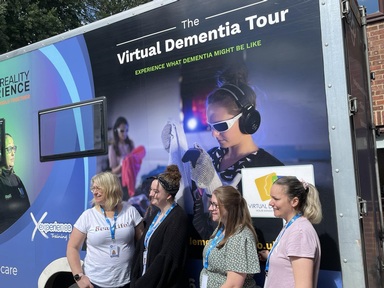 29-Jul-24
Dementia Bus gives carehome.co.uk staff insight into life with dementia
29-Jul-24
Dementia Bus gives carehome.co.uk staff insight into life with dementia
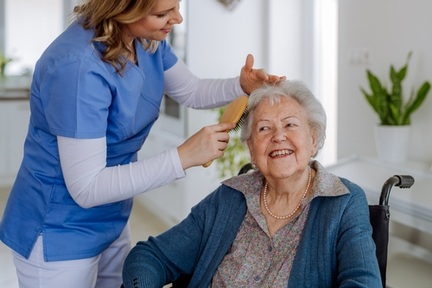 27-Jul-23
UK's top home care agencies in 2023 revealed
27-Jul-23
UK's top home care agencies in 2023 revealed
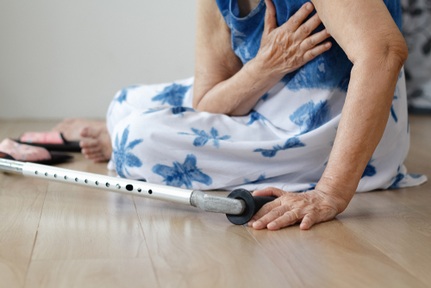 30-Nov-22
A quarter of older people keep their falls secret from family
30-Nov-22
A quarter of older people keep their falls secret from family
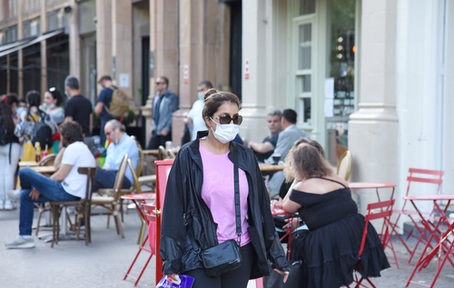 29-Nov-22
'Covid-19 has not gone away' say terminally ill
29-Nov-22
'Covid-19 has not gone away' say terminally ill
 28-Nov-22
IT consultant who received poor care opens 'compassionate' home care business
28-Nov-22
IT consultant who received poor care opens 'compassionate' home care business